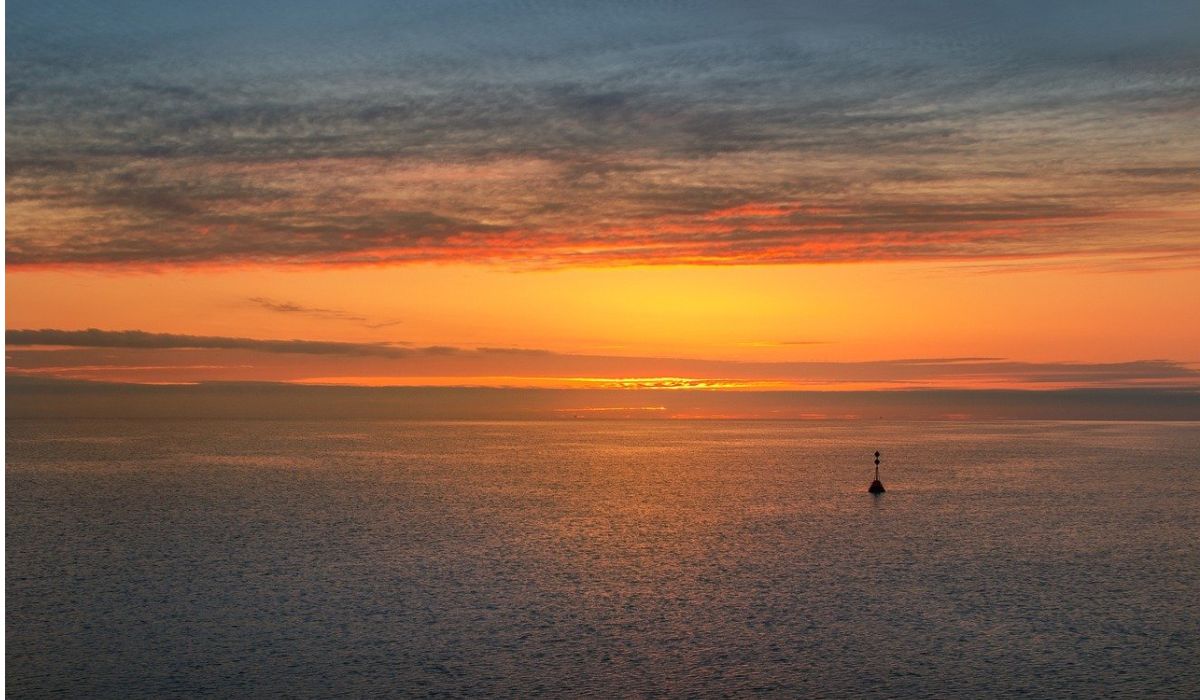Italy’s coastlines are renowned for their breathtaking beauty, with azure waters kissing sun-drenched sands. Yet, for many, the allure of these beaches remained just out of reach. Enter Marilena Carulli, a trailblazer who transformed this reality with Blind Beach in Italy. More than just a scenic spot, Marilena’s creation stands as a beacon of inclusivity and empowerment, allowing visually impaired individuals to relish the coastal charm without limitations.
Italy’s Coastal Beauty and Accessibility
Italy’s beaches, stretching from the Amalfi Coast to Sicily’s shores, are celebrated worldwide. However, accessibility has often been a challenge, limiting experiences for many. While the picturesque landscapes draw millions, they’ve also highlighted the need for inclusive spaces where everyone can experience the joy of sun and sea. Recognizing this gap, Marilena Carulli stepped in.
Marilena Carulli’s Vision for Blind Beach
Marilena Carulli, with her profound vision, aimed to ensure that Italy’s natural beauty was accessible to all. Her mission wasn’t just to create a beach but a welcoming environment where visually impaired individuals could enjoy the same freedoms as others. This post aims to provide comprehensive insights into Blind Beach, showcasing Marilena’s remarkable contributions and the beach’s significance in the realm of accessibility.
Marilena Carulli: A Visionary for Accessibility
Biography and Background of Marilena Carulli
Marilena Carulli’s passion for accessibility is deeply rooted in her background. Growing up in a community where inclusivity was often overlooked, she recognized the barriers faced by those with disabilities. Her drive to create Blind Beach was fueled by these early experiences, combined with a dedication to change the landscape for those who felt marginalized.
Personal Experiences and Motivation
Marilena’s personal encounters with visually impaired individuals shaped her commitment. Witnessing the joy and freedom that even small accommodations could provide fueled her determination. She envisioned a space where the visually impaired could engage fully with nature, deriving the same pleasure and peace from a beach visit as their sighted counterparts.
Recognition and Awards
Her pioneering efforts have not gone unnoticed. Marilena has received numerous accolades for her groundbreaking work, establishing her as a leading figure in the accessibility movement. Her recognition extends beyond Italy, inspiring global conversations about the importance of inclusive recreational spaces.
The Concept of Blind Beach
Unique Features and Facilities
Blind Beach is not just any beach. It’s thoughtfully designed with features that cater to the needs of visually impaired visitors. From tactile paths that guide guests through the sand to audio cues that signal the approach of the shoreline, every detail has been meticulously planned to create a seamless experience.
How the Beach Accommodates Visually Impaired Individuals
The beach is equipped with custom-designed equipment that allows for independent navigation. Visitors can utilize tactile maps, Braille signage, and strategically placed ropes to guide them safely. These innovations empower individuals to explore with confidence and independence.
Safety Measures and Support Services
Safety is paramount at Blind Beach. Lifeguards trained in assisting visually impaired guests are always on duty, ensuring a safe and enjoyable experience for all. Additionally, support services are available to provide assistance and information, making sure every visitor feels secure and supported.
The Impact of Blind Beach
Stories of Beneficiaries
The stories emerging from Blind Beach are heartwarming and inspiring. Visitors frequently share how the beach has transformed their lives, providing a newfound sense of freedom and joy. Testimonials highlight the emotional impact of being able to enjoy a day at the beach independently.
Emotional and Psychological Effects
Beyond physical accessibility, Blind Beach offers emotional solace. It’s a place where visually impaired individuals can connect with nature in a way that’s rarely possible elsewhere. The psychological benefits of this connection—reduced stress, increased happiness, and a sense of belonging—are profound.
Social and Community Benefits
Blind Beach has also fostered a strong community among its visitors. Friendships are forged, and a shared sense of empowerment permeates the sands. The beach has become a gathering place for support and camaraderie, extending its impact far beyond the immediate environment.
Marilena’s Advocacy and Efforts
Promoting Accessibility and Inclusivity
Marilena’s advocacy extends beyond Blind Beach. She tirelessly promotes the importance of accessibility in all public spaces, working with organizations and policymakers to enact change. Her efforts have sparked a broader movement towards inclusivity in recreational areas.
Collaboration with Organizations and Government
Her partnerships with government bodies and NGOs have been instrumental in advancing her mission. Together, they’re working to establish guidelines and standards that ensure accessibility becomes a standard consideration in public space planning.
Overcoming Challenges
Creating Blind Beach wasn’t without its challenges. Marilena faced numerous obstacles, from securing funding to navigating bureaucratic red tape. However, her perseverance and unwavering dedication overcame these hurdles, resulting in the successful establishment of this pioneering beach.
Blind Beach as a Model for Others
Inspiring Global Initiatives
Blind Beach serves as a model of what can be achieved with vision and perseverance. Its success is inspiring similar initiatives worldwide, encouraging other regions to consider accessibility in their recreational offerings.
Lessons and Best Practices
The lessons learned from Blind Beach’s creation are invaluable. They highlight the importance of community involvement, thoughtful design, and continuous advocacy. These best practices serve as a blueprint for others looking to develop similar projects.
Importance of Inclusivity in Tourism
Inclusive tourism is no longer a niche consideration; it’s a vital aspect of the industry’s future. Blind Beach exemplifies how inclusivity enriches experiences for all, paving the way for a more welcoming and accessible world.
Visiting Blind Beach
Practical Information for Visitors
For those planning to visit, reaching Blind Beach is straightforward. Located in [specific location], it’s accessible via public transport and offers ample parking facilities. The beach is open year-round, inviting visitors to enjoy its offerings in every season.
Accessibility Features and Services
Visitors will find a host of accessibility features designed to enhance their experience. From beach wheelchairs to guided tours, every service is tailored to ensure comfort and enjoyment for all guests.
Tips for a Memorable Experience
To make the most of your visit, consider bringing along a companion to share in the experience. Don’t forget to take advantage of the guided tours and informational sessions offered, which provide deeper insights into the beach’s unique features.
You May Also Like: Discover the Charm of Dark Moon Memorabilia VStock
Conclusion
Marilena Carulli’s Blind Beach is more than just a destination; it’s a testament to the power of vision and determination. Her work has transformed lives, offering a space where visually impaired individuals can enjoy the simple pleasures of a beach day without barriers. The impact of Blind Beach extends far beyond its shores, inspiring a global movement towards accessibility and inclusivity. For those interested in exploring more, consider visiting Blind Beach and experiencing the warmth and welcome it offers firsthand.
FAQs
1. What makes Blind Beach unique compared to other beaches?
Blind Beach is uniquely designed to cater to visually impaired visitors, featuring tactile paths, audio cues, Braille signage, and specially trained lifeguards to ensure a safe and enjoyable experience for all.
2. How can other regions replicate the success of Blind Beach?
By adopting the best practices established by Blind Beach, such as community involvement, thoughtful design, and continuous advocacy, other regions can create similar inclusive recreational spaces.
3. Why is inclusivity important in tourism?
Inclusivity enhances the tourism experience for everyone, ensuring that individuals of all abilities can enjoy and participate in leisure activities without barriers.
4. What facilities are available at Blind Beach for visually impaired visitors?
Facilities include tactile maps, guided tours, beach wheelchairs, and support services to assist visually impaired visitors in navigating and enjoying the beach independently.
5. How has Blind Beach impacted the community?
Blind Beach has fostered a sense of community among its visitors, providing a space for connection, support, and shared experiences, while also inspiring broader discussions on accessibility and inclusivity.











